On the morning of May 16, the Vietnam Academy of Science and Technology coordinated with the French Embassy in Vietnam and Airbus Group to organize the 10th Anniversary Ceremony of the successful launch of Vietnam's first Earth observation satellite VNREDSat-1.
This is an activity to celebrate Vietnam Science and Technology Day on May 18 and the 48th anniversary of the establishment of the Vietnam Academy of Science and Technology (May 20, 1975 - May 20, 2023); at the same time, it opens a series of events to celebrate the 50th anniversary of the establishment of Vietnam - France diplomatic relations between the Vietnam Academy of Science and Technology and French partners.
In his opening speech, Professor, Associate Professor Chau Van Minh - President of the Vietnam Academy of Science and Technology mentioned the "Strategy for research and application of space technology" to serve the socio -economic development of Vietnam. In which, the Academy has been assigned by the Government to preside over the development and implementation of scientific programs, especially the development of small satellites to observe the Earth and exploit its applications.
According to Professor, Associate Professor Chau Van Minh, the successful launch of Vietnam's first Earth observation satellite VNREDSat-1 into orbit on May 7, 2013 is an important milestone in the implementation of the Space Technology Development Strategy in Vietnam; at the same time, it is the result of close cooperation between the Academy and Airbus Group, a symbol of the friendship between Vietnam and France.
At the ceremony, Dr. Bui Trong Tuyen, Director of the Institute of Space Technology, the project's implementing unit, said that the VNREDSat-1 satellite has provided nearly 160,000 images of Vietnam's territories and territorial waters and around the world, bringing complete initiative in remote monitoring of natural resources, environment, natural disasters as well as areas of interest, gradually applying scientific and technological advances in monitoring and affirming Vietnam's territorial sovereignty.
The fact that VNREDSat-1 satellite has been operating twice as long as expected is not only a testament to the advanced technology of France in general and Airbus Group in particular, but also demonstrates the effective training, transfer and reception between Airbus and the Vietnam Academy of Science and Technology. It also shows the active support of Airbus in the satellite maintenance process as well as the initiative and creativity of Vietnamese staff in the satellite operation process. Based on the assessment of the European Space Commission on a new era of space technology New Sapce/Sapce 4.0 of commercialization, integration and innovation in which space technology applications expand to many future fields, providing applications and solutions directly to users rather than purely developing technology as before.
Sharing the same view, Professor, Associate Professor Chau Van Minh emphasized that the participation of many scientific fields, the cooperation and integration for mutual development of scientists, research units, technology corporations and countries are important factors in this new era. The success of the VNREDSat-1 project, the future-oriented plans of the space technology development strategy in Vietnam, together with the effective cooperation with the French partner who possesses advanced space science and the foundation of the 50-year strong cooperative relationship between Vietnam and France. The connection to the future of a new space era will be a bright reality.
As a partner in collaboration with the Vietnam Academy of Science and Technology to develop the VNREDSat-1 project, Ms. Hoang Tri Mai, General Director of Airbus in Vietnam, said: “Airbus Group is extremely proud to be a partner in this important Space project of Vietnam. The VNREDSat-1 satellite has been actively contributing to supporting the government in addressing challenges in environmental resource management. We look forward to accompanying Vietnam on the journey of Space development for many decades to come.”
French Ambassador to Vietnam Nicolas Warnery shared: “VNREDSat-1 is a typical example of the highly successful cooperation in the field of Space and Satellites between the two governments of the French Republic and Vietnam. The exceptional longevity of VNREDSat-1 is a testament to the quality of French-branded satellites. The French Government wishes to continue cooperating with Vietnam in this strategic field, as well as sharing skills and expertise through training young scientists and researchers and transferring technology to Vietnam so that Vietnam can establish an integrated space industry”.
At the end of the ceremony, delegates visited the photo exhibition and looked back at the images recorded by the V VNREDSat-1 satellite.
Information about VNREDSat-1 satellite VNREDSat-1 (full name Vietnam Natural Resources, Environment and Disaster-monitoring Satellite-1) is Vietnam's first optical Earth observation satellite, capable of taking pictures of all areas on the Earth's surface. The VNREDSat-1 satellite, measuring 600 mm x 570 mm x 500 mm and weighing about 120 kg, was developed by Airbus Group and was successfully launched into orbit on May 7, 2013. This is the result of an ODA project supported by the French Government to Vietnam, a complete Earth observation satellite system including satellites and control stations, receiving and processing images from satellites. Initially, the VNREDSat-1 satellite was produced with an expected lifespan of 5 years. Up to now, the satellite has been in orbit for 10 years, more than double its expected lifespan, and is still making a significant contribution to supporting Vietnam in addressing challenges in forest and water resources management, disaster management, urban mapping and planning, national defense and security, and coastal management. During 10 years in orbit, VNREDSat-1 has flown 53,000 times around the Earth, equivalent to 2.4 billion km of distance, especially the orbital parameters have remained stable, specifically such as altitude (680km), orbital plane inclination angle (98.1 degrees) and local time at the landing point (10:32); a total of 56 orbital corrections have been performed, including 02 major corrections, 15 collision avoidance corrections, and the rest are technical corrections. |
Source



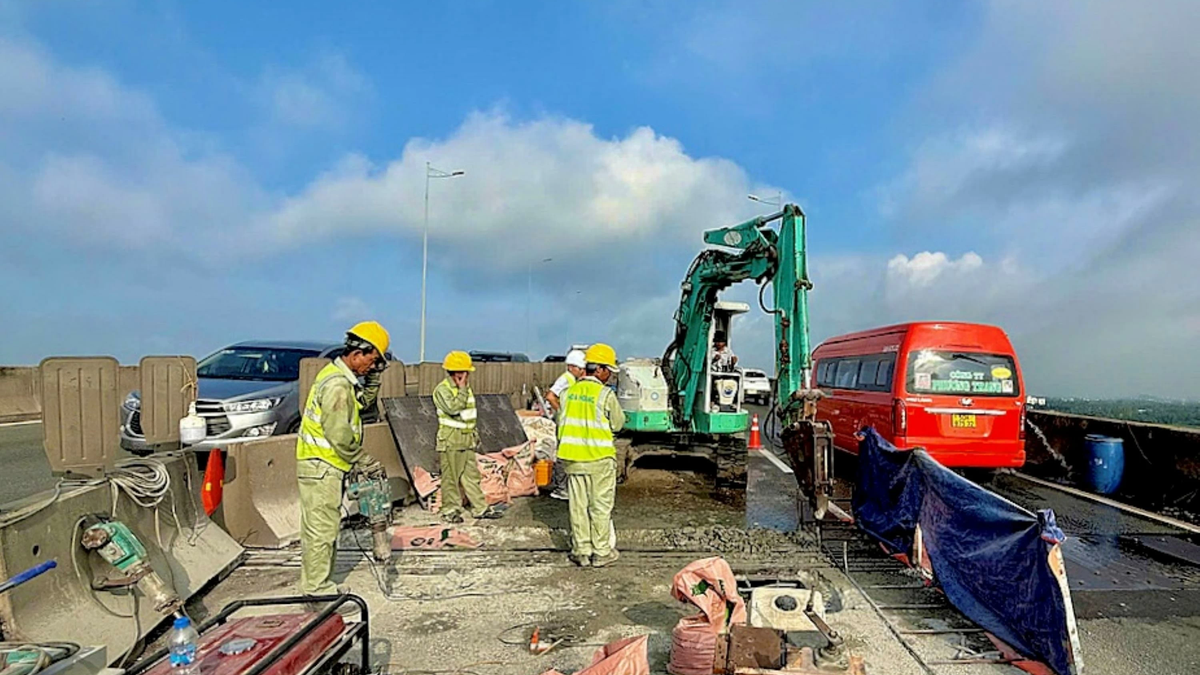
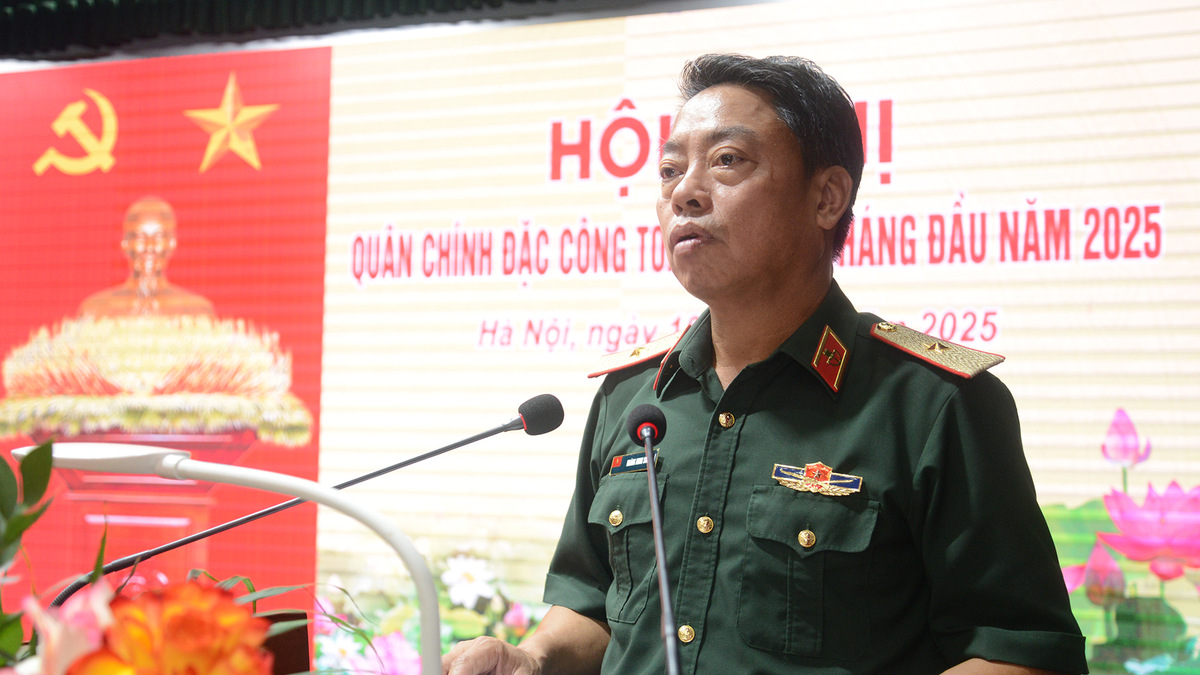




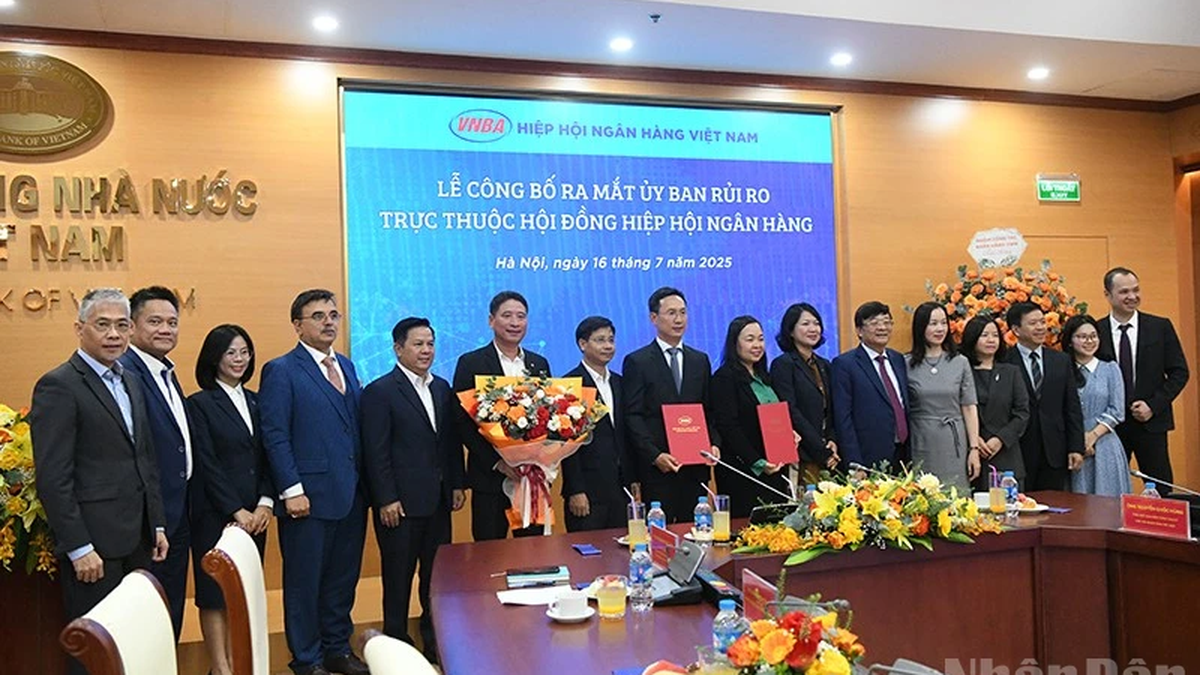

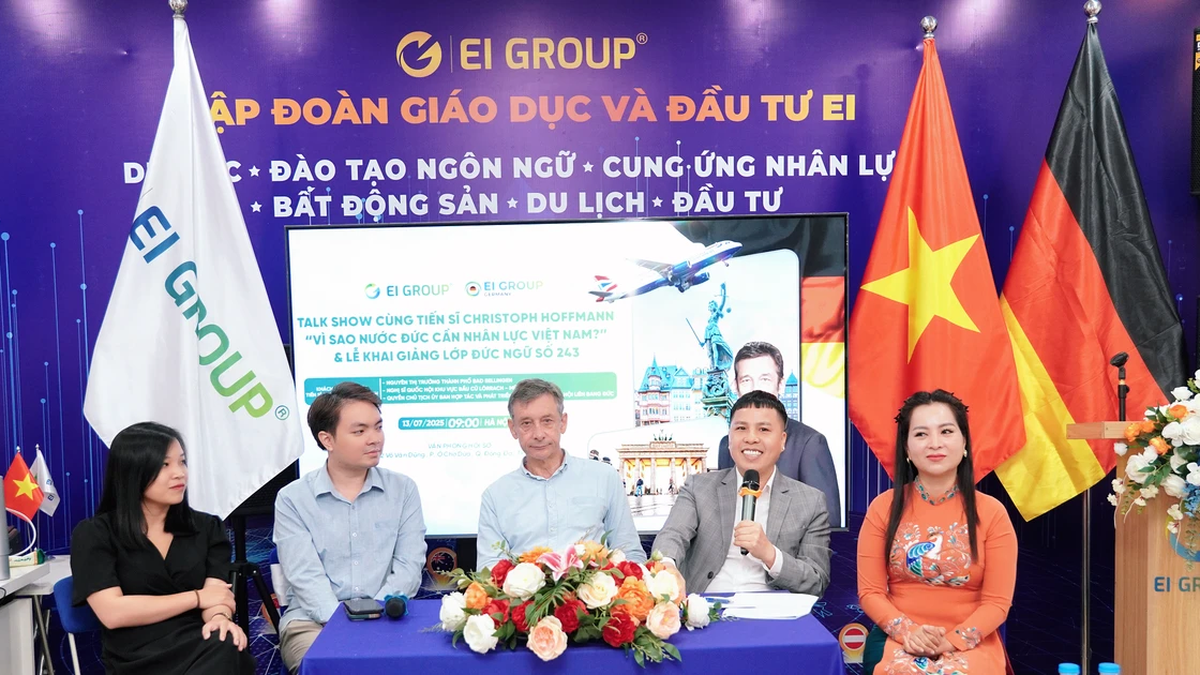


















































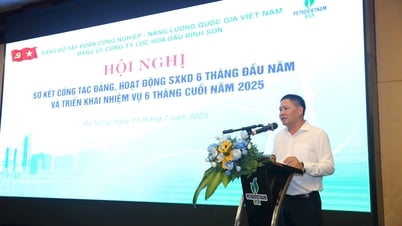

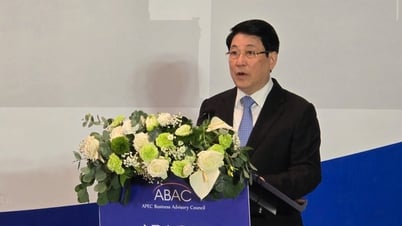


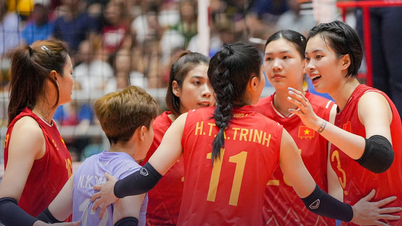

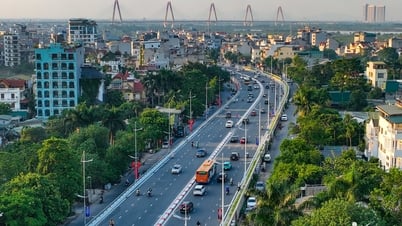

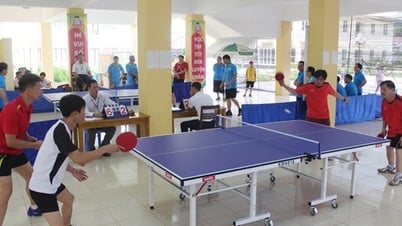



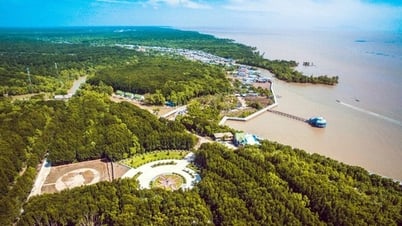


























Comment (0)